
Grid-Tie Solar Inverters Buyer’s Guide
If you’re in the market for a grid-tie solar system, you may have questions about string inverters vs. micro inverters vs. hybrid. Learn more about each in our handy buyer’s guide.
What are grid-tie solar inverters?
What Are Grid-Tie Solar Inverters?
A solar inverter is an essential component in any grid-tie solar panel array. Inverters convert DC power (direct current) into AC power (alternating current), creating usable energy for your home.
A solar inverter is like the central command center for your solar power system. It connects components and routes the power flow between them, serving as the entire system’s power processing hub.
The inverter also reports usage data to your monitoring app, giving you live insight into your system’s performance. As you search for the right solar system for your home, choosing the inverter type that’s suitable for your needs and electricity usage is essential.
There are Three Types of Inverters for Grid-Tie Solar Power Systems:
Build Your Custom Solar Kit
Are you looking to assemble a custom solar solution for your home? Request a quote for a complete DIY solar panel kit today.
How to Choose a Solar Inverter For Your System
Which type of solar inverter is right for you? Let’s see string inverters, power optimizers and micro inverters side by side:
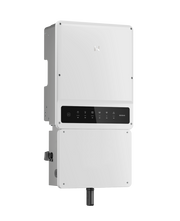
Grid-Tie String Inverters
|
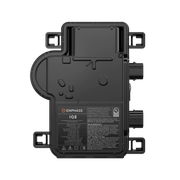
Grid-Tie Micro Inverters
|
★ Best system 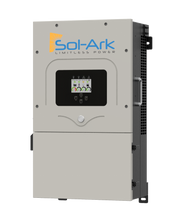
Hybrid Inverters
| |
|---|---|---|---|
| Economical | Least costly | Reasonably priced | Reasonably priced |
| Single Point Of Failure | Yes | No | Yes |
| Expandable? | Yes but not easily | Easier to expand | Yes but not easily |
| Performs Well in Limited Shade? | Limited shade tolerance | Yes | Limited shade tolerance |
| Recommended For Roof or Ground Mounted System? | ✓ Ground mounted | ✓ Roof mounted | ✓ Ground mounted ✓ Roof mounted |
| Can I Monitor Each Solar Panel? | System level monitoring | Yes, panel level monitoring | System level monitoring |
| Can I Add a Battery in the Future? | Yes, but difficult | Yes, but difficult | Easy battery expansion |
| Can I Add a Generator? | No | Yes, but difficult | Easy to add generator |
More Resources on Grid-Tie Inverters
Want to dig deeper into grid-tie inverters? Check out our blog for more information:
Trust the Experts at GoGreenSolar For Your DIY Solar Needs
There is no one-size-fits-all solution for home solar. Ultimately, you must weigh all the factors and differences to decide which solar inverter is best for your needs.
The experts at GoGreenSolar are veterans at DIY solar installations and can help you choose the best solar inverter for your home. We’ll also design your custom solar system and walk you through the installation process from start to finish.
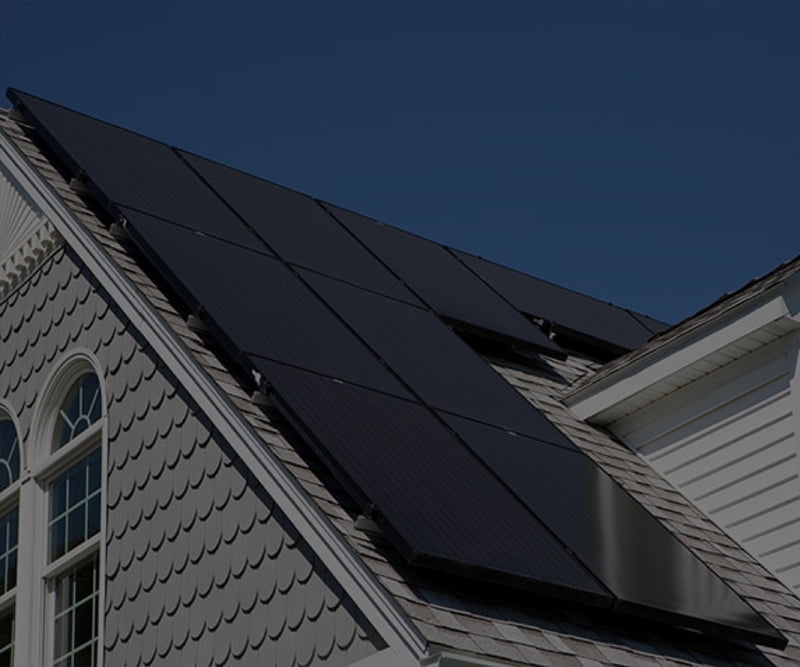
Solar Calculator
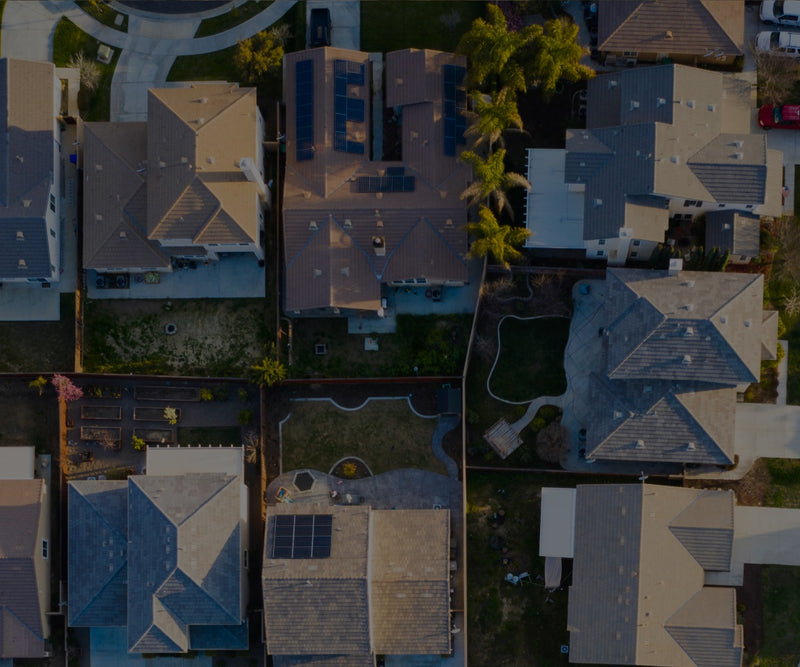
Which Solar Kit Do I Need?
GET STARTED WITH SOLAR
WE’LL HELP YOU FIGURE OUT YOUR SOLAR NEEDS!
Fill out the form for a complimentary solar quote that includes a custom satellite layout, system design and a breakdown of total project cost and estimated savings.
